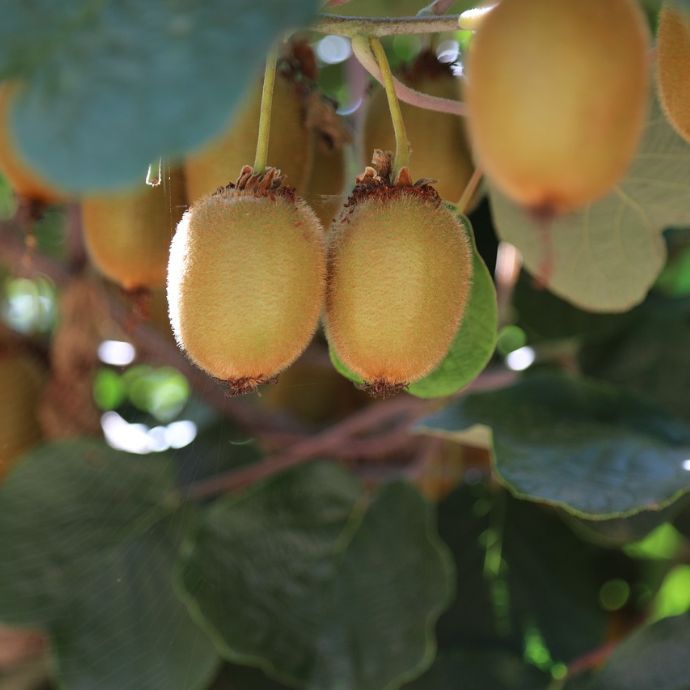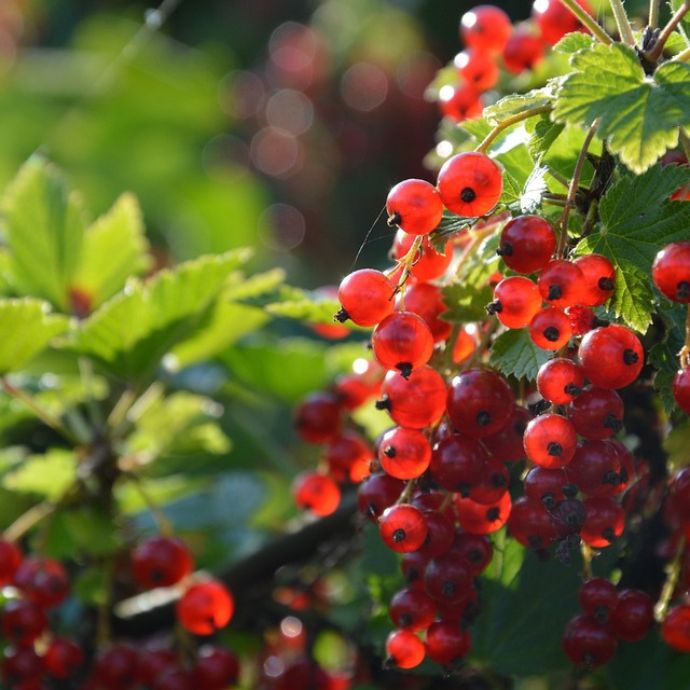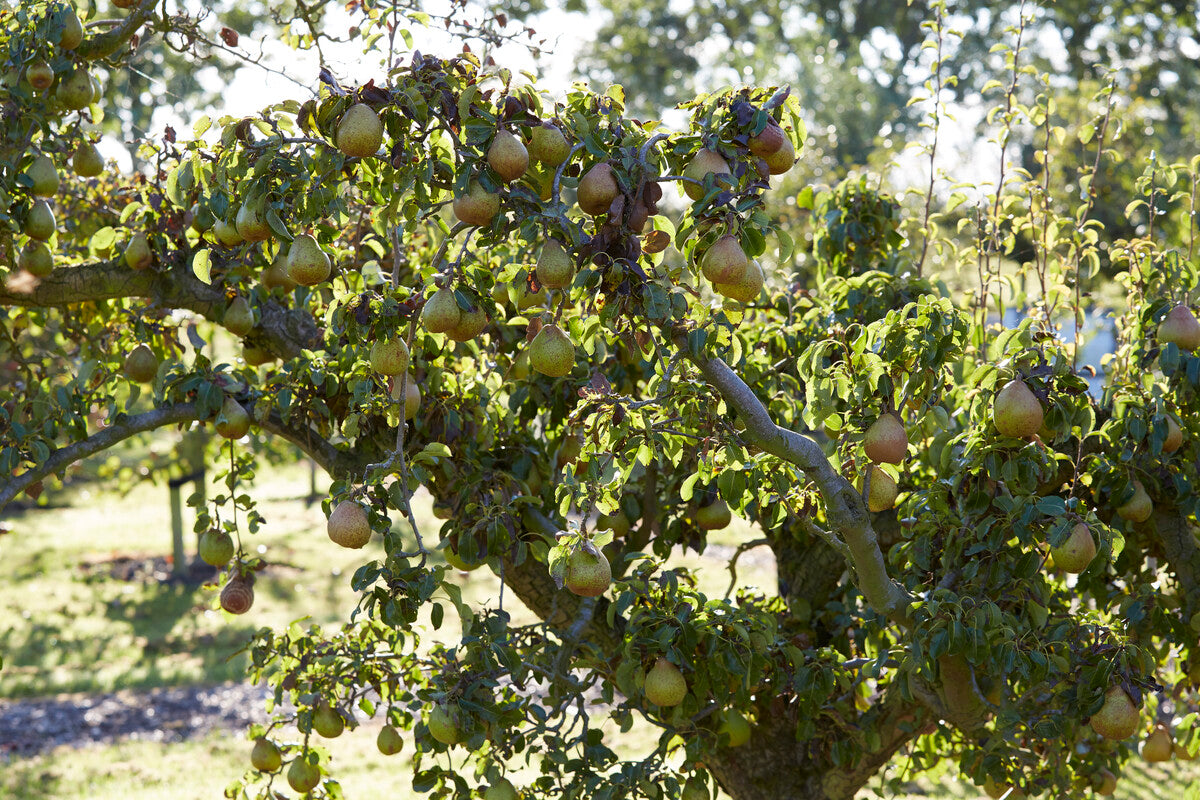Advice & Inspiration
What Is a Rootstock?
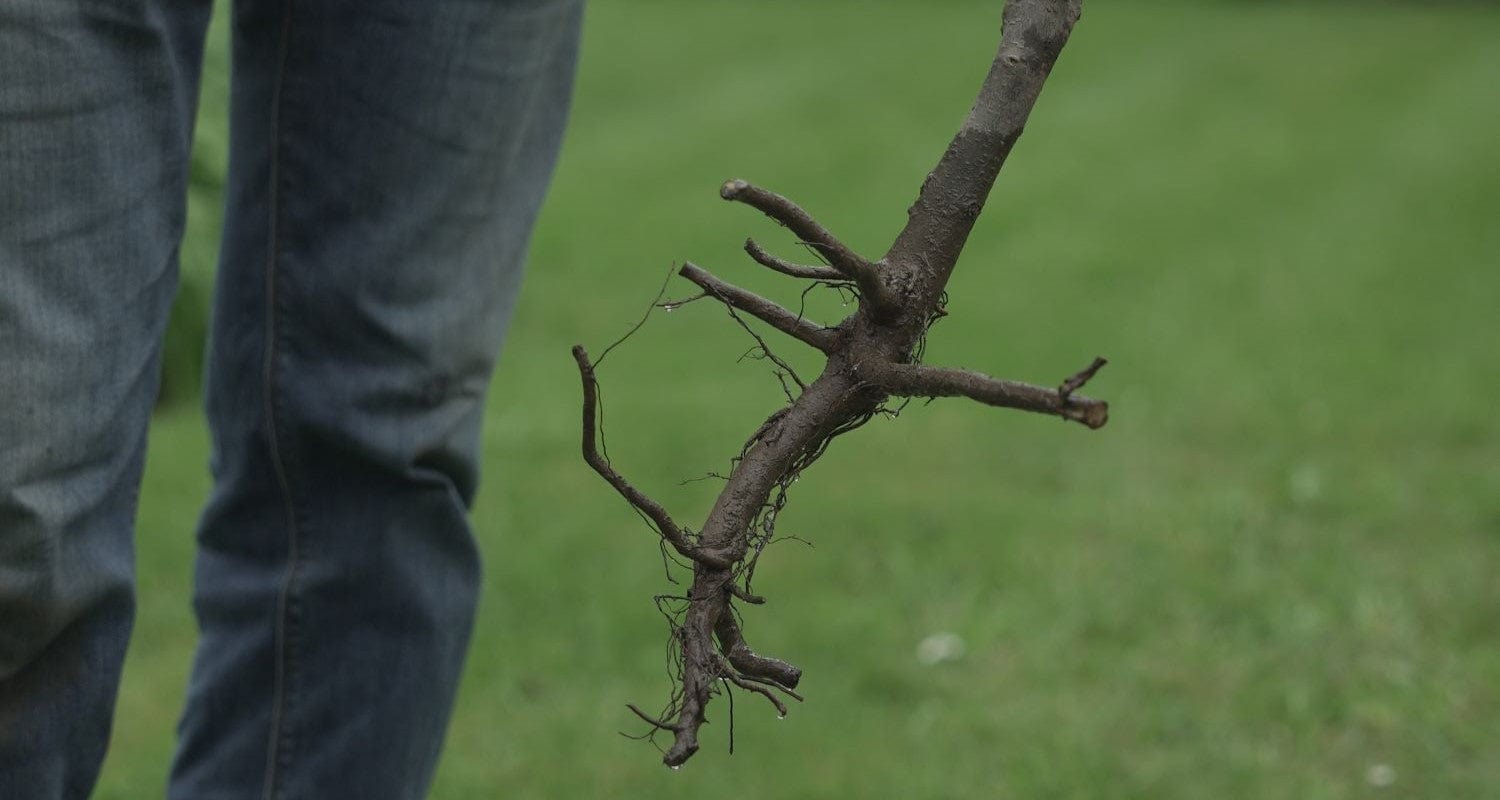
When you choose a fruit tree, you’ll often have a choice of rootstocks - Pixy, St Julien A, M26 and more - but what does rootstock actually mean? The rootstock determines the size your tree will eventually reach, so it’s important to pick the right one. Read on for all you need to know about rootstocks and how to choose the best for your garden.
What does rootstock mean?
Most fruit trees are a hybrid of two plants that have been grafted (joined) together.
The rootstock is the root system of a tree with a part of the stem. Onto this, the flowering or fruiting part of another tree (called the scion) is grafted. This is then grown as a whole new tree.
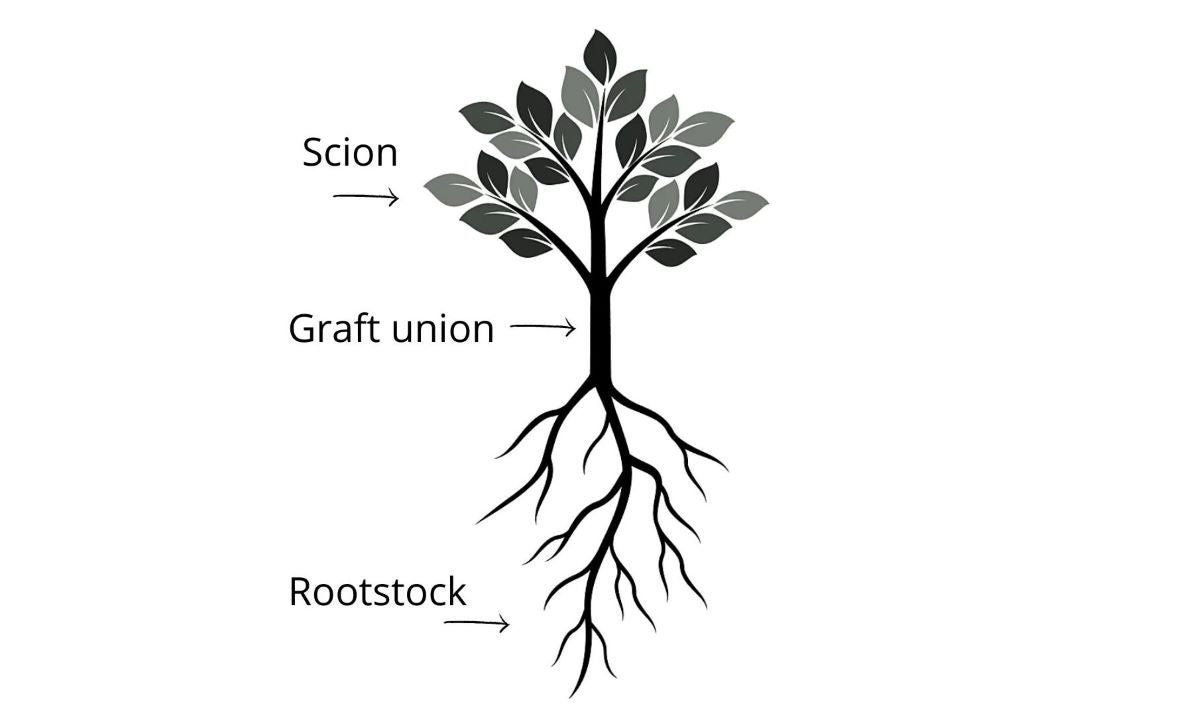
Many trees can be grafted onto the same rootstock. If you haven't come across grafting before try watching this video below about a tree that grows 40 types of different fruit!
Why do we use rootstocks?
To make the best possible fruit tree, the rootstock is selected for its size, vigour (growth speed) and growing conditions. The scion is selected for the type of fruit, flavour, harvest time and other characteristics. Grafting the two together produces a tree with the best of both.
For example, grafting a pear tree onto an M7 (dwarfing) rootstock means that a tree that would naturally grow to around 4.5m will instead reach only 1.2m and can be grown in a small garden or a pot. It will produce pears of the same size, but usually sooner.
Are rootstocks better?
Trees grown on rootstocks do tend to be healthier and more productive. By using them, growers can determine how long the plant lives, it's pest and disease resistance, size, hardiness and cropping ability. Trees grown on rootstocks also usually produce fruit sooner - in the first or second year of growth, compared to 3-8 years for a tree grown from seed.
What kind of trees use rootstocks?
Rootstock is most often used for fruit trees, but other species including roses and ornamental trees also use them, to produce new varieties and forms.
Can you just use any rootstock?
No.
Rootstocks need to be closely related to the scion or the graft won’t work - the fruit needs to be of the same plant family For example, apples, pears and quinces (pome fruit) can all be grafted, but they couldn’t be grafted onto a cherry (pit fruit) rootstock.
Which rootstock should I choose?
When choosing a rootstock, you should check what size the tree will grow to. If you want a large or medium tree, go for a Colt or St Julien A (SJA) rootstock, which will produce a tree of between 4.5 and 5m height. If you have less space, choose semi dwarfing or dwarfing rootstocks like M6, M106 or M27. You can use this table to compare rootstocks and decide which is the best for you. Bear in mind also that trees can be trained to grow even smaller, so if you want a very small tree to grow in a pot, go for a dwarf or patio variety.
Breakdown of rootstocks
Fruit |
Rootstock |
Eventual size |
| Apple | M27 | 1.2m |
| M6 | 3m | |
| M26 | 2.4-3m | |
| MM106 | 3.4m | |
| Cherry | Colt | 4-5m |
| Plum, gage, damson | Pixy | 3m |
| Plum, peach, nectarine, apricot, gage, damson | St Julien A (SJA) | 4m |
| Pear, quince | Quince A | 4m |
| Apricot | Myrobalan | 3m |
| Peach | Montclare | 3m |
